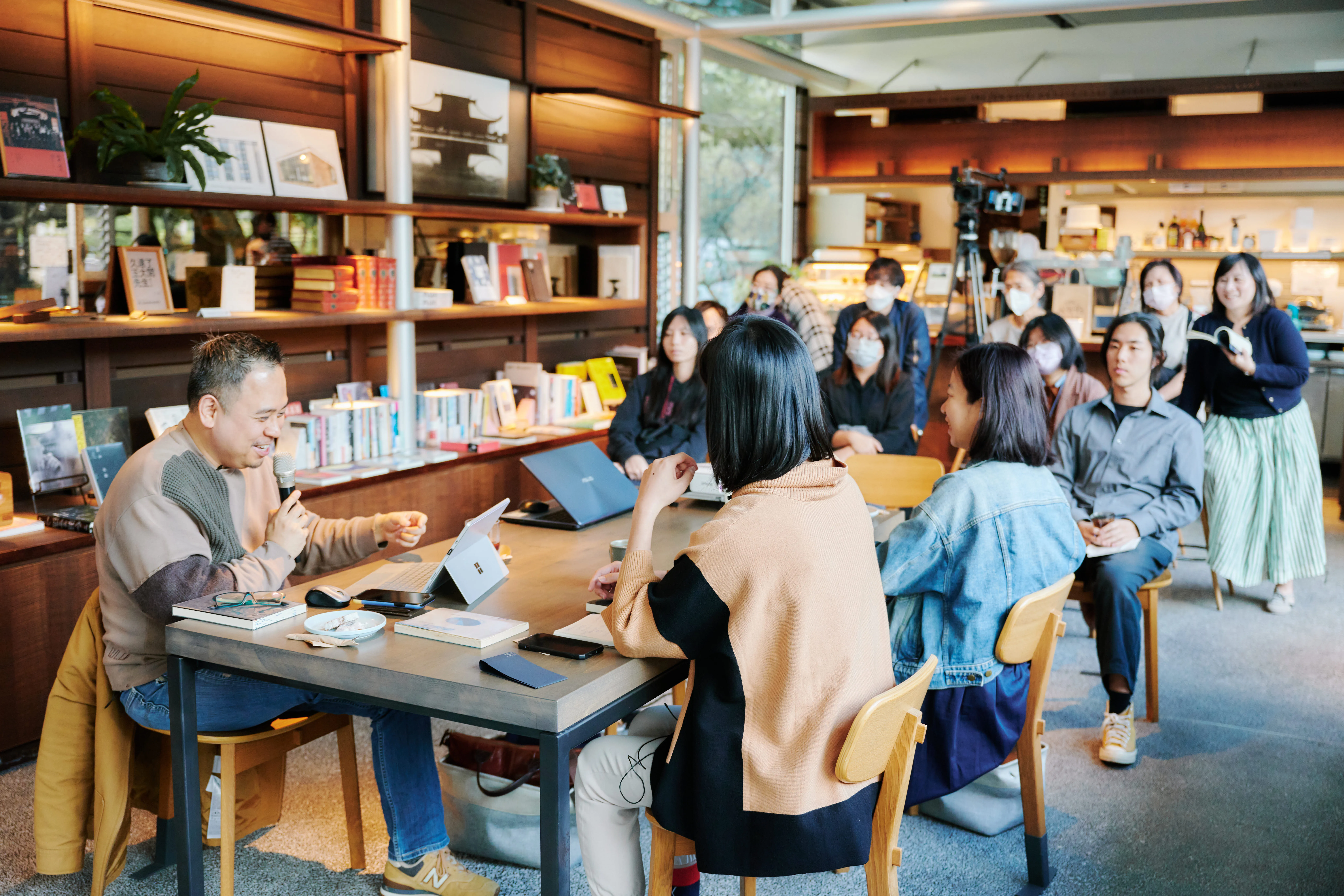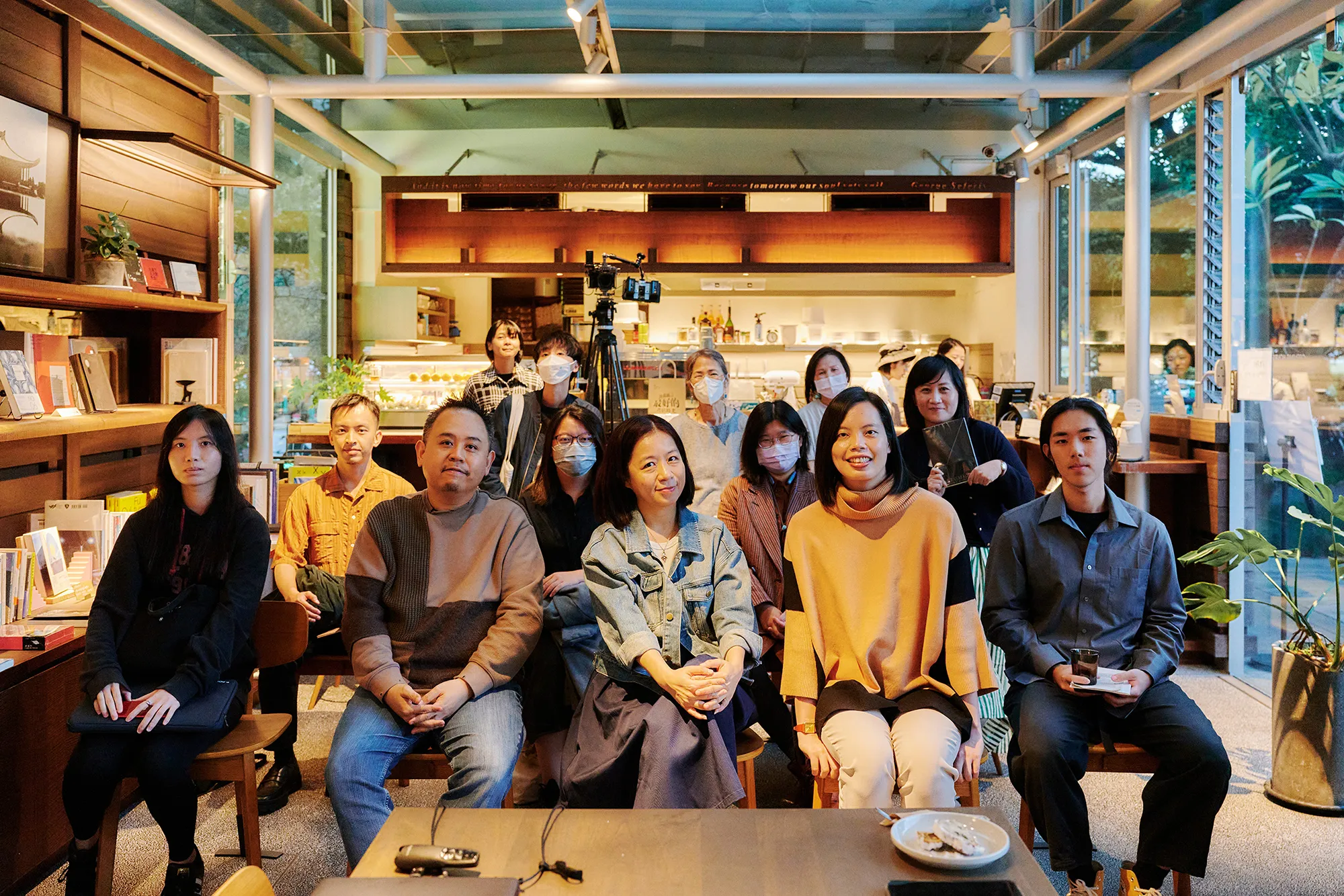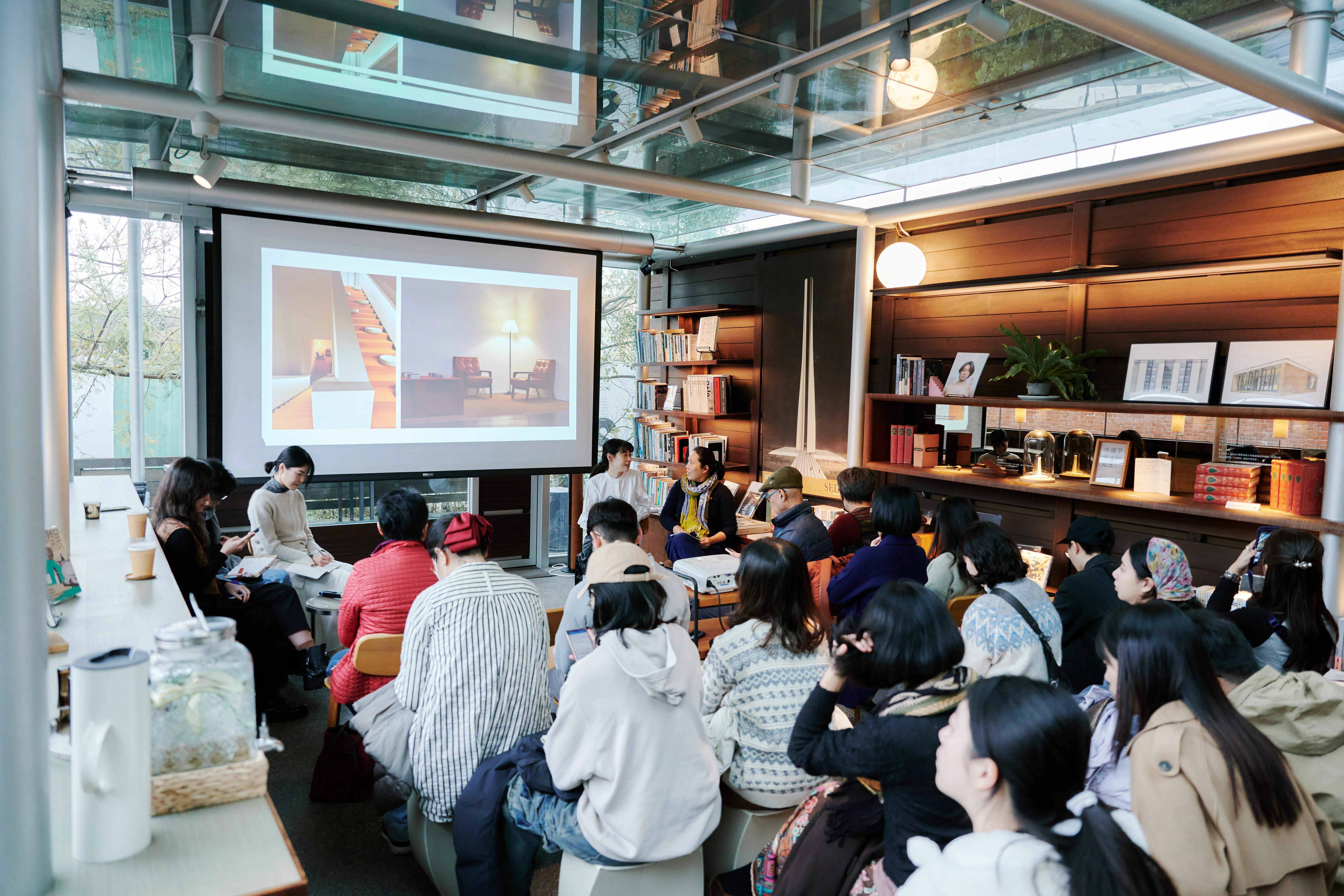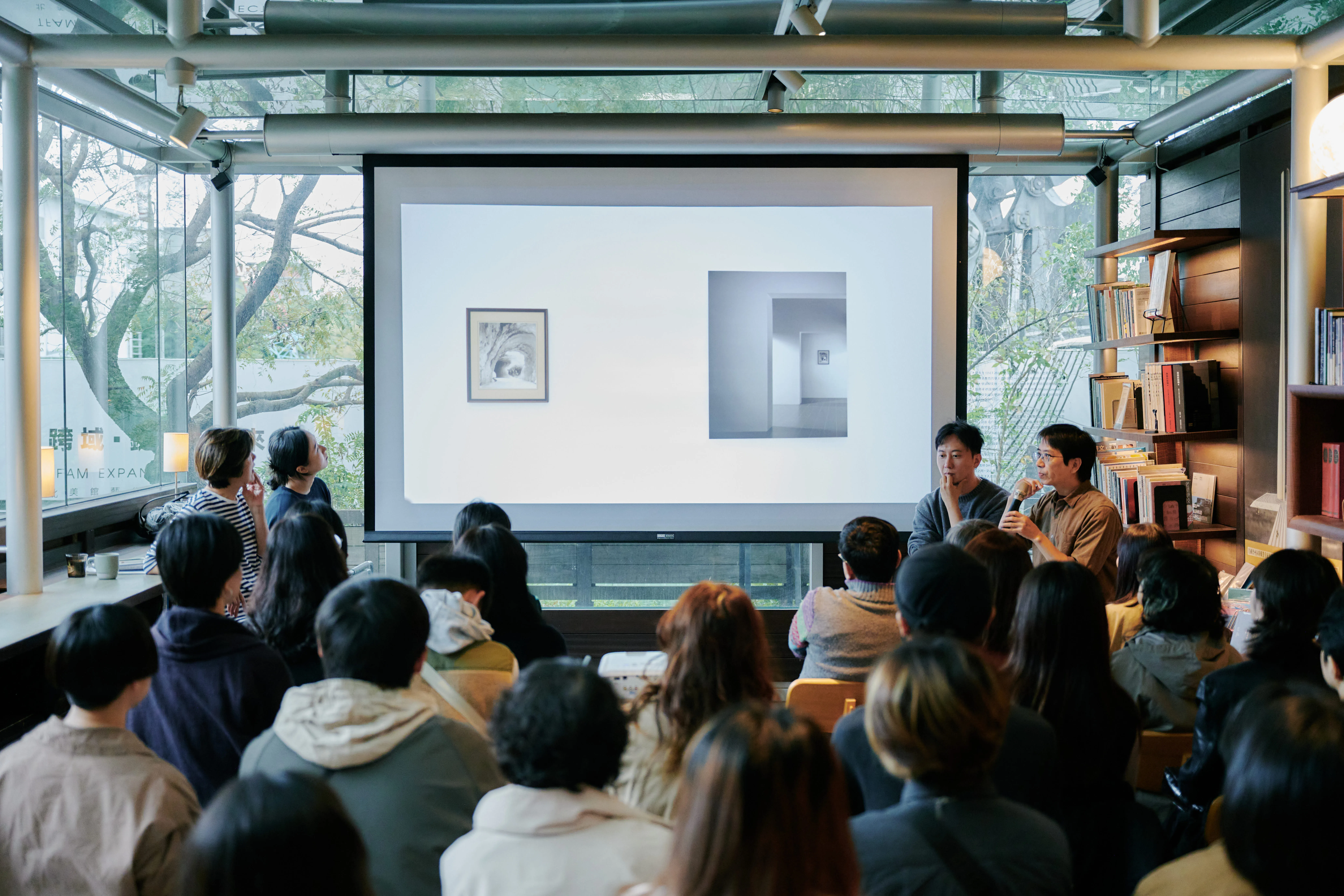
Chimera Literary Salon| Classical Europe, Cosmic Wandering—The Utopian Vision in Phantasmagoria
Speakers
Chan Kwok-wei Appointed Associate Professor, Department of Chinese Studies, National Chung Hing University
Lin Xinhui New Generation Sci-Fi Novelist
presiding
Yang Jia-han, Associate Professor/Writer, Department of Chinese Literature, National Tsinghua University
locations
Wang Daishui Shuxuan (No. 153, Section 3, Zhongshan North Road, Zhongshan District, Taipei City)
fees
$150 (DISCOUNTED BOOK PURCHASE)
Event Content
Wang Daizhi, the first generation of Taiwanese architect after the war, presented Wilde's classic novel “The Portrait of Gray” with ten years of light (The Picture of Dorian Gray) The scene was moved from Victorian London to Taipei in the 1970s and translated into Dulienqui, which belongs to his era. Through the transformation of time, Wang Daei not only allows us to see a common fable about humanity, but also buried its aesthetic thoughts and observations of Taipei in the plot of the novel. In 2021, a new production was produced by the Wen Shin Art Foundation, curated by the Wen Shin Art Foundation, in collaboration with the Wang Daishi Architectural Research and Preservation Society.
This series of lectures was specially invited by Yang Jia-han (Associate Professor/Writer in the Department of Chinese Literature, National Tsinghua University) to analyze from a literary perspective, introduce Du Lianqui to present Taiwan, and discuss the meaning of reading classics for modern readers; while exhibiting in the works MR. WANG DAICHI'S REFLECTION ON THE TIMES OF THE PLACE AND BROUGHT EVERYONE “CLOSER TO WANG DAICHI” FROM THE VIEWPOINT OF THE BUILDING.
THE NOVEMBER SEMINAR WILL CONCLUDE WITH THE FINAL LECTURE INVITING CHAN KUO-WEI (AN HONORED ASSOCIATE PROFESSOR OF CHINESE SCIENCE FICTION, NATIONAL CHUNG HING UNIVERSITY) AND LIN XINHUI (A NEW GENERATION OF SCIENCE FICTION NOVELIST) TO DISCUSS WITH HIM. In addition to Du Lien Qui, the science fiction novel “Phantom City” by Mr. Wang Dai will be discussed. Mr. Wang Dai-shun began writing this work in the 1940s until 2000. It was at his 94-year-old birthday party that the work, which spans 60 years, was published at the invitation of architect Nguyen Qingyue and translated by Teacher Wang Qihua.
From Shanghai and Taipei in the 1960s, traveling through space to outer space thousands of years later, we invite readers to explore science fiction writing and utopian imagery in Taiwanese literature.
Event Review
Over thirty years prior to the publication of Du Lien Qui, Wang started writing Fantasy, and after a hiatus in 2000, it was not until 2011 that the work, which spanned sixty years, was finally published. Unlike Duringwei, it is a science fiction novel entirely created by Wang Dao. Although the story is set in the future, it is heavily inked by the past, without the great adventure missions or strange alien peoples of ordinary space works. On a utopian spaceship, only a few characters discuss art, philosophy, and time between the characters — such an architecture that sets the work atypical。 In the form of science fiction, fantasy contains many arguments about temporality, divinity, the meaning of life, and dreams under the concept of five dimensions of space, through the condensed existence of the moon on a spaceship, memories of the past in the linear development of the protagonist, and dreams. The text seems to reveal Wang's resistance to linear time, echoing his questioning and reflection on time, purpose, and purpose while he was studying in the United States in the 1940s. Openness comes from this because of the unclear narrative architecture of linear time relationships. From the Taipei of the 1960s by Du Liangui to outer space a thousand years later, Wang Daizhi's two novels offer readers different dimensions of thinking to revisit the relationship between the state of life and time.











